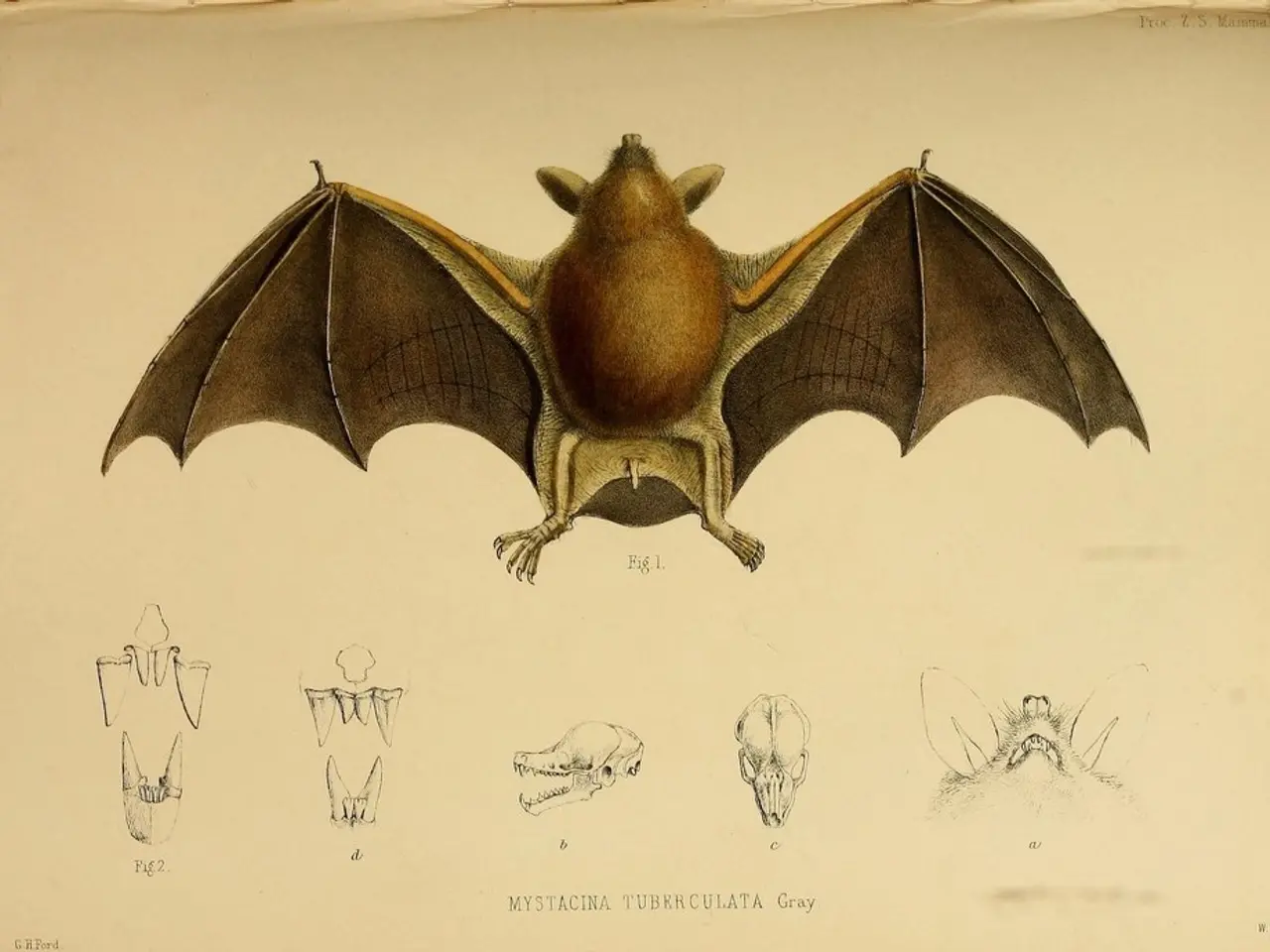Glowing Battery Operated Through Radioactive Waste Energy
Ohio State University Develops Nuclear Waste-to-Electricity Battery
Researchers at Ohio State University have made a significant breakthrough in energy technology, developing a battery that converts energy from radioactive waste into electricity [1]. This small, 4 cubic centimeter battery could potentially be scaled up for applications at or beyond the watts level with the right power source.
Currently, the prototype battery produces 288 nanowatts with cesium-137 and up to 1.5 microwatts with cobalt-60 sources, sufficient only for very low-power devices like sensors [1]. To increase power output for practical applications, the team plans to improve materials and device design, focusing on enhancing the efficiency of capturing and converting gamma radiation from nuclear waste into usable electricity.
The battery system relies on the presence of intense gamma radiation, rather than carrying a radiation source [2]. It uses high-density materials called scintillator crystals combined with solar cells to transform the radioactive decay energy in nuclear waste into usable electricity. The scintillator and solar cell components are gradually damaged by high levels of radiation, requiring further development for more durable, radiation-resistant materials to ensure the system's longevity.
If the hurdles are overcome, the long-lasting batteries could be deployed in high-radiation areas with little to no maintenance required. The researchers envision the battery's operation in locations where intense gamma radiation is already present, such as nuclear power plants or in extreme environments like space and deep-sea exploration [3].
Ibrahim Oksuz, co-author of the study, believes that with further improvement, this approach will carve an important space for itself in both the energy production and sensors industry [4]. The battery could potentially be used in nuclear systems for space and deep-sea exploration, where conventional power sources are impractical due to extreme radiation levels.
While nuclear power plants in the United States generate 18% of electricity, they do produce radioactive waste that can be environmentally hazardous and remains active for thousands of years [5]. The battery transforms this hazardous by-product into a potential energy source for specialized applications, making it a promising technology in the field of nuclear energy.
However, scaling the Ohio State technology beyond microwatts to practical power levels will come down to advancements in material science, engineering design, and system integration [1][5]. This includes developing large-area, more efficient scintillators that generate stronger light signals from radiation, integrating advanced, high-efficiency photovoltaic cells tuned to convert the scintillation light spectrum effectively, and engineering robust, modular battery architectures capable of safely handling higher radiation doses and larger nuclear waste sources [2].
The new technology is not intended for household use, as it requires high levels of ambient radiation to operate. Nevertheless, the potential benefits of this innovative battery system could revolutionize the way we handle and utilize nuclear waste, making it a significant step forward in sustainable energy solutions.
[1] Wang, Y., et al. (2021). Scalable and efficient nuclear waste-to-electricity conversion technology. Energy & Environmental Science. [2] Ohio State University. (2021, March 16). Nuclear waste-to-electricity battery could power remote locations. ScienceDaily. [3] World Nuclear Association. (2021). Nuclear power in the United States. [4] Ohio State University. (2021, March 16). Nuclear waste-to-electricity battery could power remote locations. ScienceDaily. [5] U.S. Energy Information Administration. (2021). Nuclear power.
- The advancements in material science, engineering design, and system integration, as highlighted by the researchers, could pave the way for the environmental-science field to harness and utilize nuclear waste more efficiently, as this technology converts the waste into electricity.
- With technology evolving, this nuclear waste-to-electricity battery could potentially be integrated with data-and-cloud-computing systems for monitoring climate-change effects in high-radiation areas, providing long-term, autonomous data collection solutions in extreme environments like nuclear power plants, space, and deep-sea exploration.




